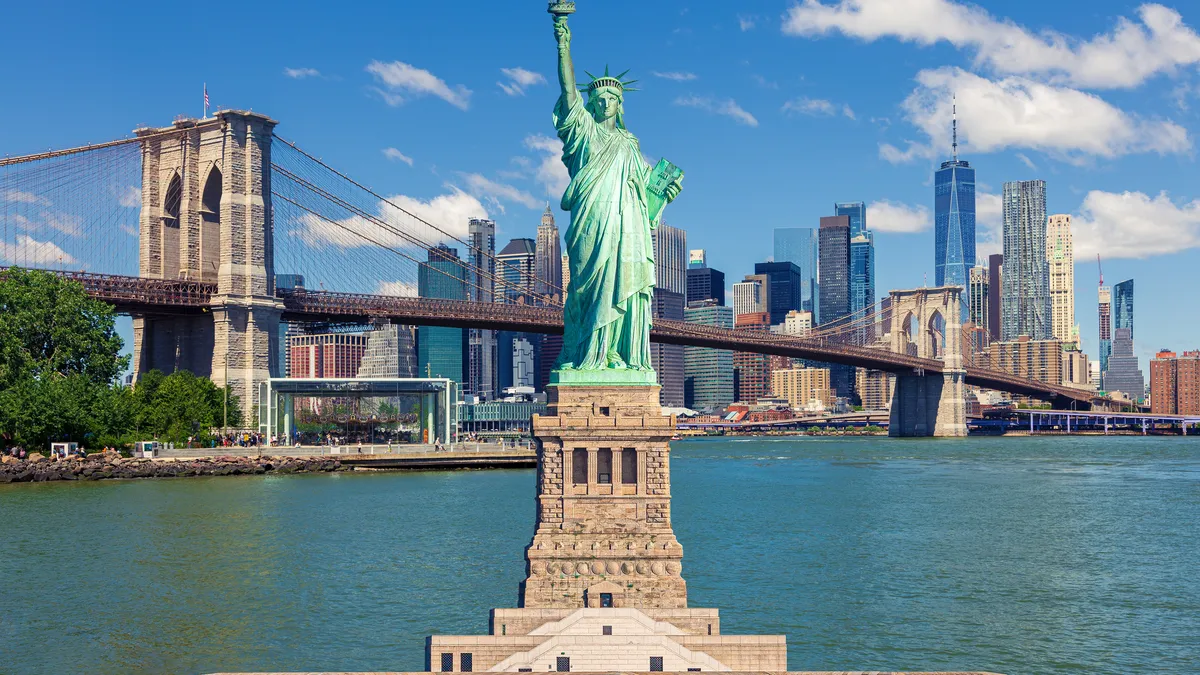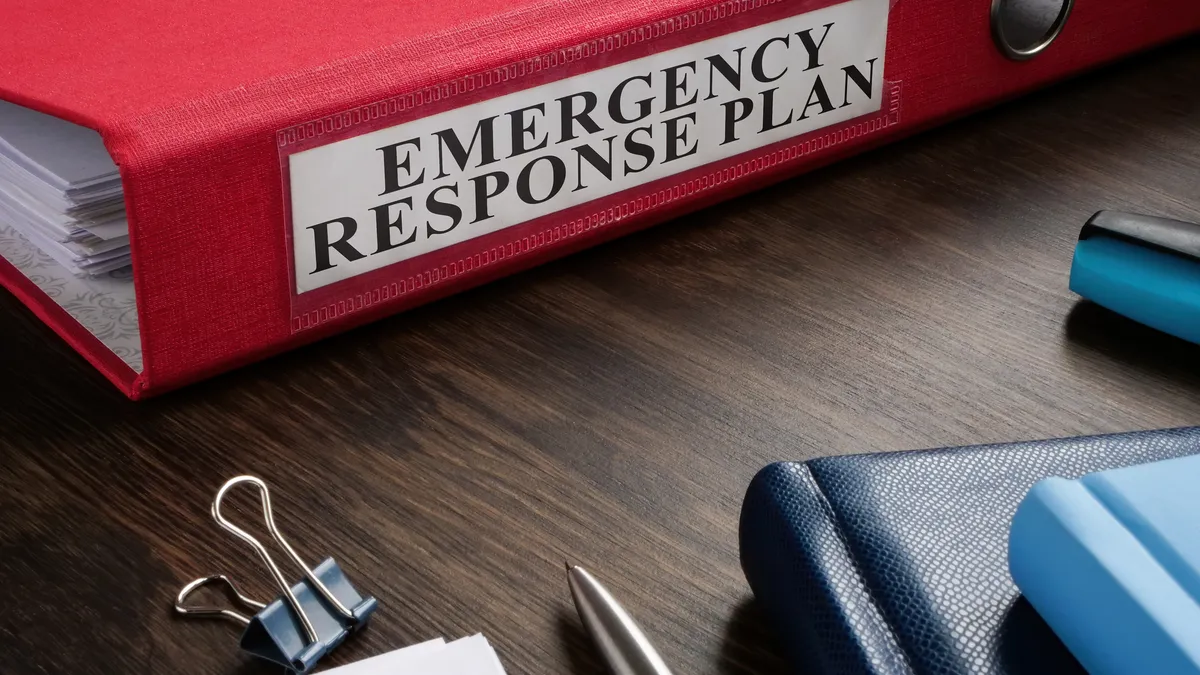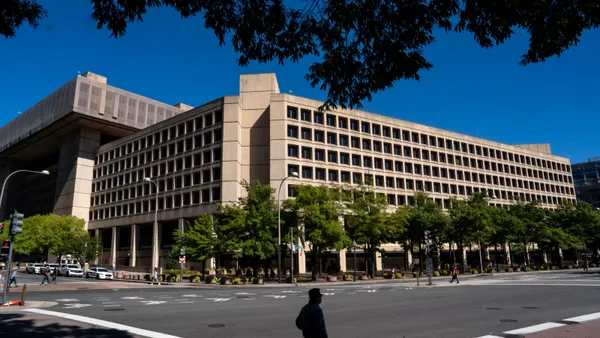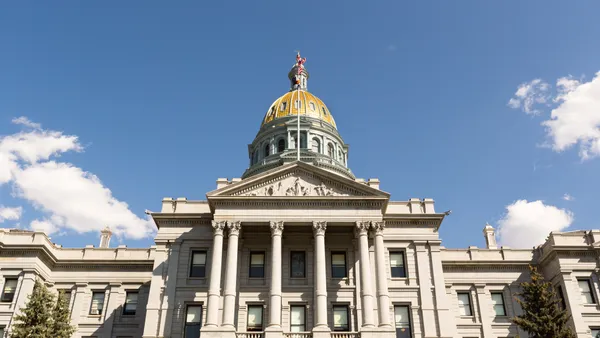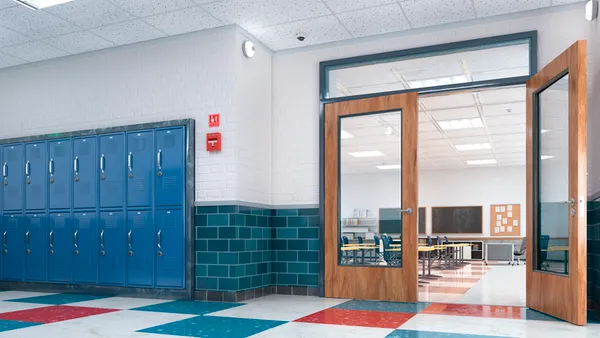Dive Brief:
- The New York City Department of Buildings has published the second major final rules package for implementing Local Law 97.
- The final rules outline the incentives for early electrification in all covered buildings, define what constitutes “good faith” efforts toward decarbonization for the first compliance period and provide direction to buildings that must meet the law’s prescriptive path requirements, according to a Dec. 18 news release issued by environmental groups including the Urban Green Council and the Regional Plan Association and shared with Facilities Dive.
- “Through a combination of sticks and carrots, our rules create a carefully balanced approach which incentivizes owners to do the work required under the law," Buildings Commissioner Jimmy Oddo said in a DOB press release. The law’s energy efficiency and greenhouse gas reduction requirements take effect Jan. 1, 2024, with stricter limits set for 2030 and beyond.
Dive Insight:
Adopted in April 2019, NYC’s landmark building performance law mandates that all commercial buildings of 25,000 square feet or larger comply with stringent guidelines aimed at reducing greenhouse gas emissions, with a goal of a 40% cut in emissions from commercial buildings by 2030 and an 80% reduction by 2050. The law will cover close to 50,000 buildings across the city, the DOB said. Those buildings account for 60% of New York City’s building area and half of the city’s building emissions, according to the Urban Green Council.
The DOB said significant progress has already been made toward the goals laid out in “Getting 97 Done,” a strategy New York City Mayor Eric Adams laid out to achieve LL97’s decarbonization of central systems and provide financing, funding, technical advice, innovation and enforcement for the legislation.
Meeting Local Law 97's compliance requirements necessitates years of planning and execution, meaning owners must proactively take steps well before 2030 to align with the emissions limits for the 2030-2034 period. This applies to buildings currently estimated to comply with the 2024-2029 limits but may fall short of the more stringent 2030 limits based on current energy patterns.
The final rules establish a new credit for building owners who pursue early building electrification efforts, DOB said, addressing past criticism that the law had more punitive actions than incentive-based emission reduction levers.
“The new rules provide clarity with incentives to accelerate carbon savings, especially with the new breakthrough beneficial electrification credit,” John Mandeck, CEO of the Urban Green Council said in a statement.
The process of implementing the rules must be “codified and collaborative,” Meera Joshi, deputy mayor for operations in New York City, said in the release. Joshi emphasized that the uniqueness and distinct challenges of each building underscore the need for a tailored approach to achieving the city’s emissions reduction goal.



